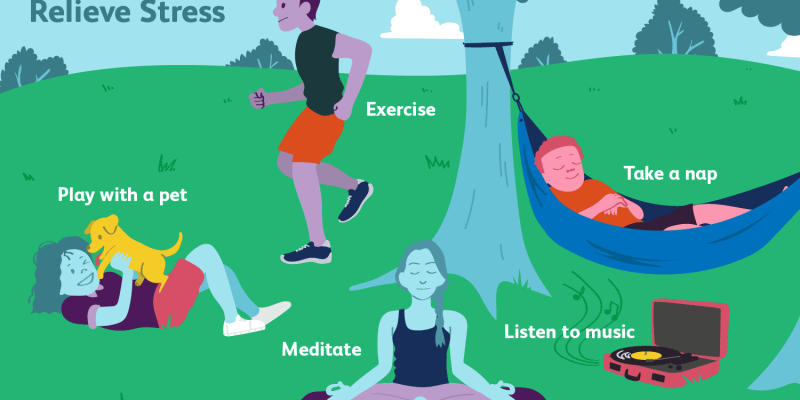Mindfulness is a concept that speaks almost like a buzzword, but there’s a good reason it’s a top Google search when it comes to stress.
In a post-pandemic world teetering on a recession, stress and anxiety are at an all-time high. According to a 2021 survey, one in four Canadians aged 18 and older showed symptoms of depression, anxiety, or post-traumatic stress disorder. That’s 25 per cent of the participants.
If you’re feeling stressed, anxious, or overwhelmed, there are some practices you can do to bring yourself back to a comfortable state of mind. These practices can be exercised through mindfulness.
What is mindfulness?
It is a mind-body-based training using different exercises and techniques to help keep you grounded in the present. These exercises can teach you to manage your feelings and thoughts and can be useful when you’re experiencing stress and anxiety.
Your physical and mental well-being is affected by the way you think and feel. Learning to manage both can help you cope with situations better.
Breathing Exercises
Breathing is a powerful way to regulate emotions. Breathing can activate your parasympathetic nervous system (PNS) – the calming response in the body. One of the most effective exercises you can do is to breathe in (to the count of four), hold it, and release the breath for twice as long (to the count of eight). This exercise can help calm the body and bring you back to the present moment, removing you from negative and spiraling thoughts.
Practice self-compassion
Self-compassion is the ability to be mindful of emotions, including the emotions you experience when you fail at something. It doesn’t have to mean you identify with the negative emotions – you can observe them, notice them, all without feeding the fire. Acknowledging a failure is not the same as making the failure a fundamental part of who you are.
Self-compassion involves understanding that everyone in life makes mistakes, and it’s simply a part of being human. Self-compassion requires speaking kindly to oneself as if you were speaking to a friend who faced a personal failure of their own. Speaking to oneself with warmth and kindness.
Foster Genuine Connection
Do you feel you are actually 100 per cent present for another person? Do you remember the last time someone was 100 per cent present with you?
One of the greatest human needs, beyond food and shelter, is to connect with others. But, here’s the thing: by taking care of yourself and your well-being with practices such as breathing and self-compassion, you have more mental space to provide greater attention outward and feel more connected.
Canadian author John De Ruiter provides nuance on this topic of how to connect with one’s self and look after one’s own well-being, saying:
“ For you to move past yourself is for you no longer to relate to anything that is an experience of yourself. So concerning yourself, you give no voice or movement, not even in the privacy of your heart,” said De Ruiter. “Then there’s no complaint, no story, no issue. Your relating shifts away from yourself to anything at all that is lovelier than yourself in you, in him, or anywhere. The only reason you can find it outside of yourself is because it’s in you, so it doesn’t matter where you find it.”
Another way to find a greater connection is to consider spiritual guidance. Regardless of religious persuasion, having a guide to help you talk through your inner life and thoughts can be greatly beneficial. You can try finding this in your local community or even seek out guidance online.
If you prefer a self-guided approach, there are many highly-rated applications available on the Apple App store to help guide you through mindfulness practices and reduce overall feelings of stress and anxiety.
Remember, your thoughts and feelings are normal, and with a little patience and self-compassion, you can ease your stress and anxiety.













Comments